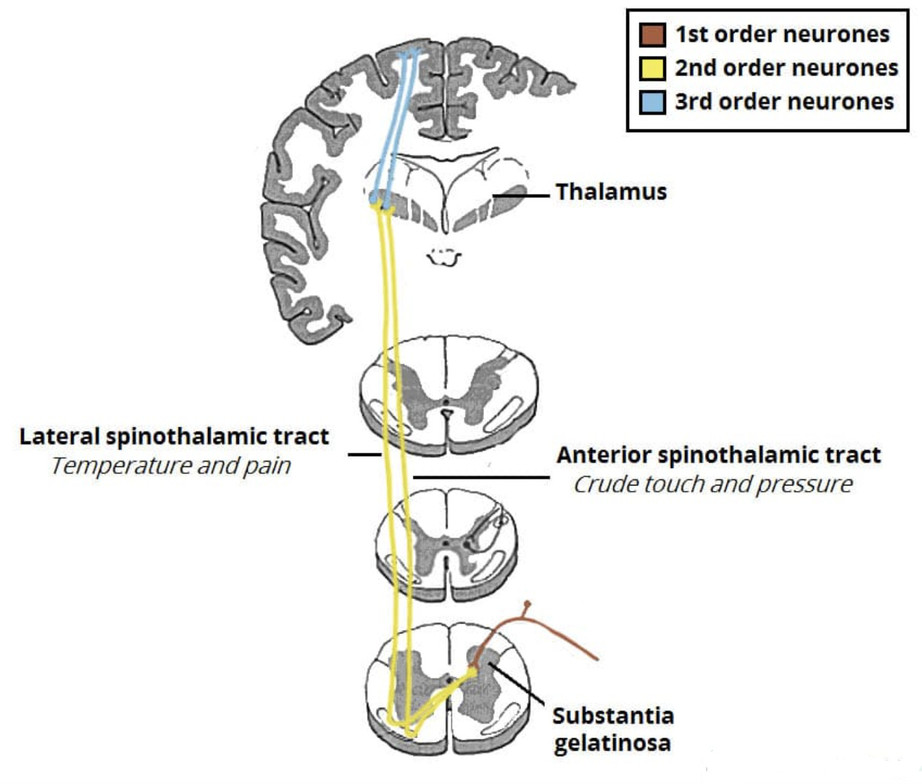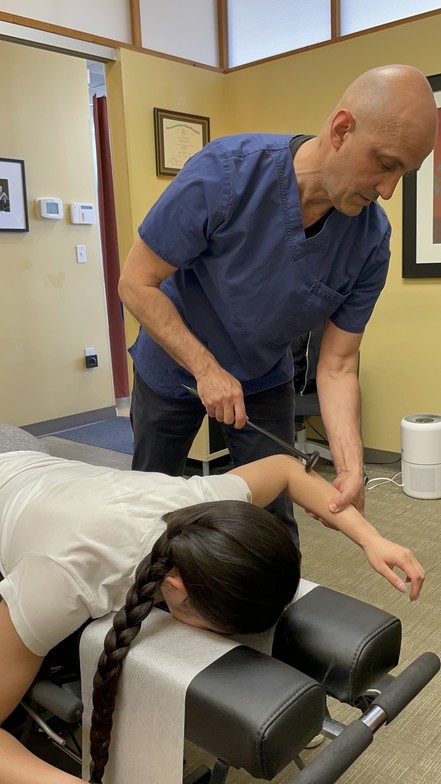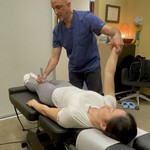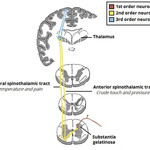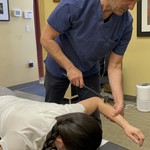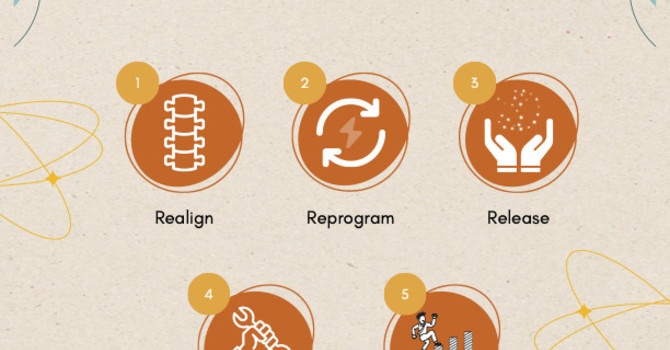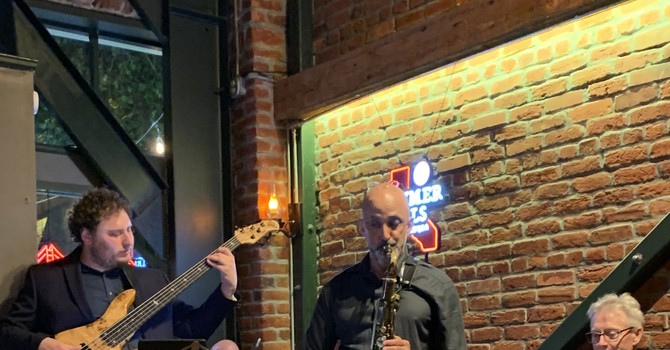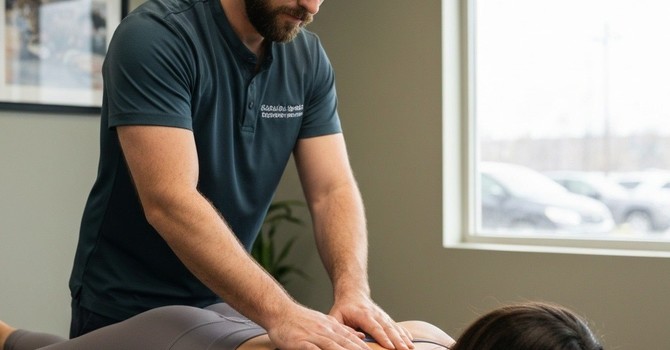One of the main diagnostic and treatment techniques I use is P-DTR. It stands for Proprioceptive Deep Tendon Reflex technique. That's a mouthfull for sure! And perhaps not too elegant, but it explains what it is. It is a system that was figured out by Dr Jose Palamar, a Spinal Orthopedic Surgeon with a background in Applied Kinesiology and Carrick functional neurology. As far as I can understand it, he seems to have taken an understanding of how the nervous system works and applied it in a way to be able to directly affect individual specific nerve pathways of both the mechanoreceptive system (movement, position) and the Nociceptive system (pain).
My first year of chiropractic school involved studying all the sciences of the body (more class hours than medical school!), during which we studied in detail the central nervous system and all of the pathways (nerve tracts) involved for information feedback. Then I took a national board exam, forgot it and moved on to more practical and obvious things concerning the care of a patient. Only years later while studying P-DTR did all of this information come back in a practical way, where I started to see how every single tract could be singled out, assessed and corrected if need be via Dr Palamar's system.
My first exposure to this system was through my bringing my late father to see a P-DTR practitioner 15 years ago to help care for his Parkinson's. I was very impressed at the level of clinical skills this practitioner demonstrated, and at how he seemed to help my father with balance and movement issues.
I've put together an explanation with a little help from Chat-GPT (full disclosure) to help explain in more detailed terms how this system works. Additionally, I've attached a research study and recommend you jump to the conclusion on p19, since the rest is research jargon and hard to understand out of context.
Understanding PDTR in a nutshell:
The neurology behind Proprioceptive Deep Tendon Reflex (PDTR) technique is rooted in the complex interactions between the nervous system, proprioceptive feedback, and motor control mechanisms. Proprioception refers to the sense of the position, movement, and orientation of our body parts in space, which is crucial for coordinating movement and maintaining balance. This sensory information is detected by proprioceptors located in muscles, tendons, ligaments, and joints and is transmitted to the brain to inform motor responses.
When a PDTR practitioner stimulates specific deep tendon reflex points, they are targeting areas rich in proprioceptors that are responsible for sensing changes in muscle length, tension, and joint position. These proprioceptive signals are transmitted through sensory nerve fibers to the spinal cord and ultimately reach higher brain centers, including the cerebellum and sensorimotor cortex, where motor responses are coordinated and executed.The stimulation of deep tendon reflex points in PDTR triggers a reflex arc, a neural pathway involving sensory, interneuron, and motor neurons that mediates a reflex response without conscious effort. By activating these reflex arcs, PDTR aims to modulate the sensory input from proprioceptors, reset aberrant neuromuscular patterns, and promote optimal motor control and movement patterns.
Furthermore, PDTR may influence the central nervous system's plasticity, the brain's ability to reorganize neural connections in response to new stimuli or experiences. By stimulating specific reflex points and engaging the proprioceptive system, PDTR may induce neuroplastic changes that help rewire and optimize neural pathways involved in movement and pain perception.Moreover, PDTR can also influence the autonomic nervous system, which regulates involuntary bodily functions such as heart rate, digestion, and stress response. By modulating proprioceptive input through PDTR techniques, practitioners may help restore autonomic balance and promote overall physiological well-being.
In summary, the neurology behind PDTR involves the intricate interplay between proprioceptive feedback, reflex arcs, central nervous system processing, motor control mechanisms, and neuroplasticity. By targeting specific deep tendon reflex points rich in proprioceptors, PDTR aims to modulate sensory input, reset neuromuscular patterns, optimize movement control, and promote overall neurophysiological balance. Through these mechanisms, PDTR can contribute to improving musculoskeletal function, reducing pain, and enhancing the body's overall neuro-motor coordination.



